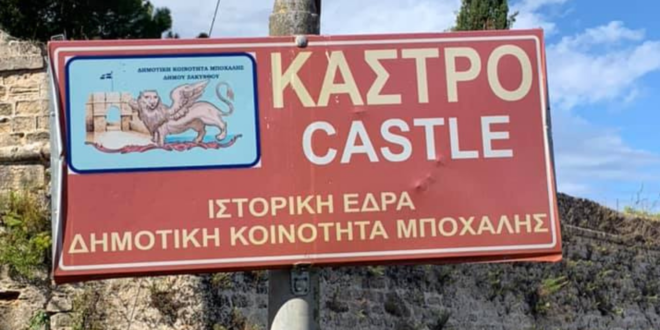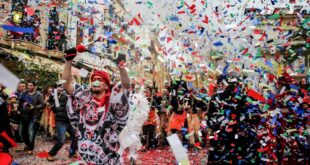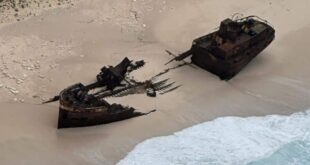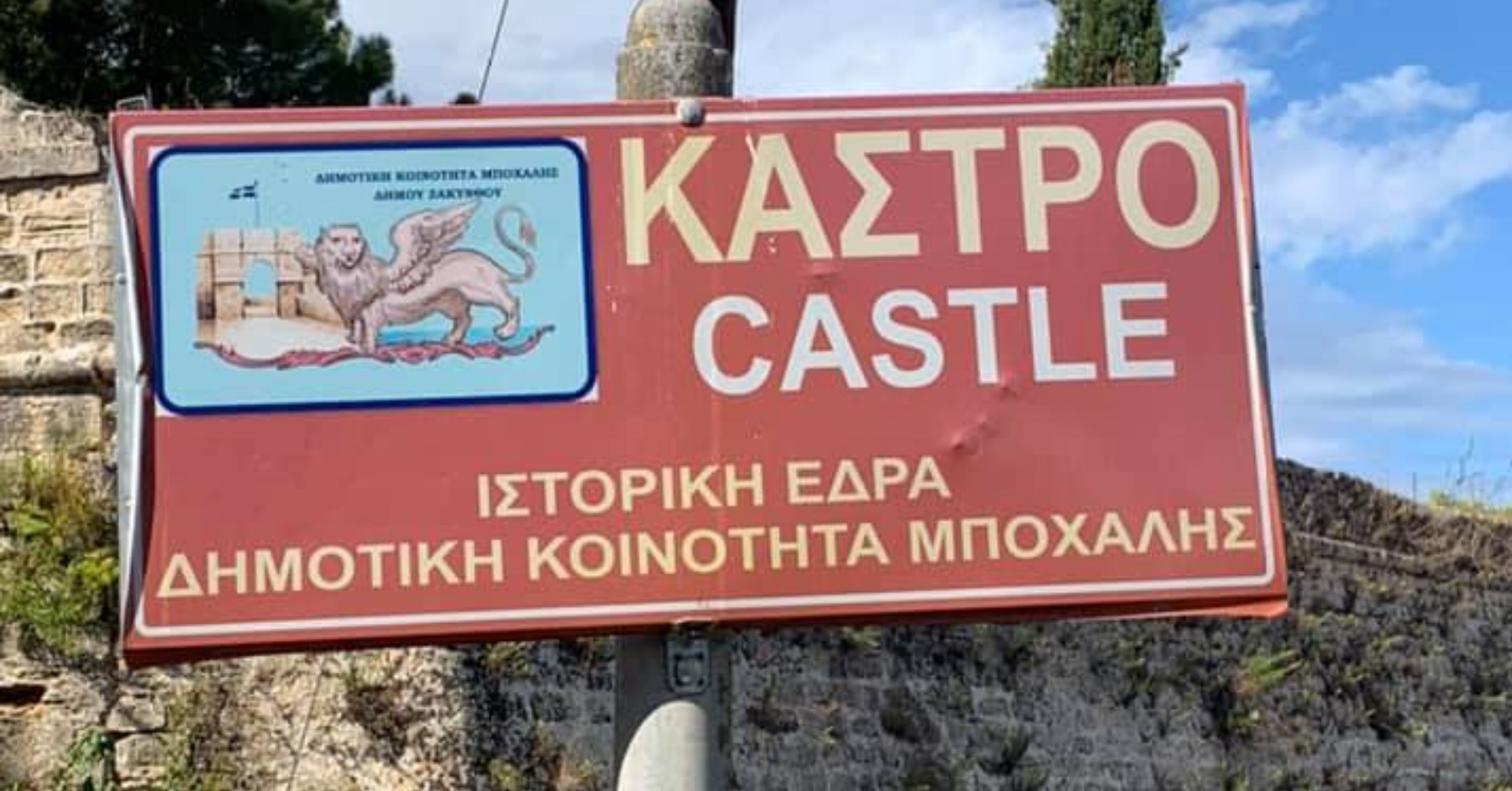
High on Bochali hill overlooking Zakynthos Town, is an imposing fortress more commonly known as the Venetian Castle or Bochali Castle. The site was originally an ancient citadel built on an acropolis looking down upon an ancient town; Psophis, now more commonly known as Zakynthos Town. According to Historians early Zakynthians arrived from the Greek mainland and built Psophis and its acropolis – named after their old hometown in Arcadia on the Greek mainland. This defensive site has been where the Venetian Castle now stands for centuries. Many archaeological investigations and historical writings certainly seem to support this theory, and past excavations conducted in this area have discovered sixth-century pottery, old stones from an ancient undated temple, Byzantine buildings including a 12th Century church and even evidence of Roman and Medieval occupation.
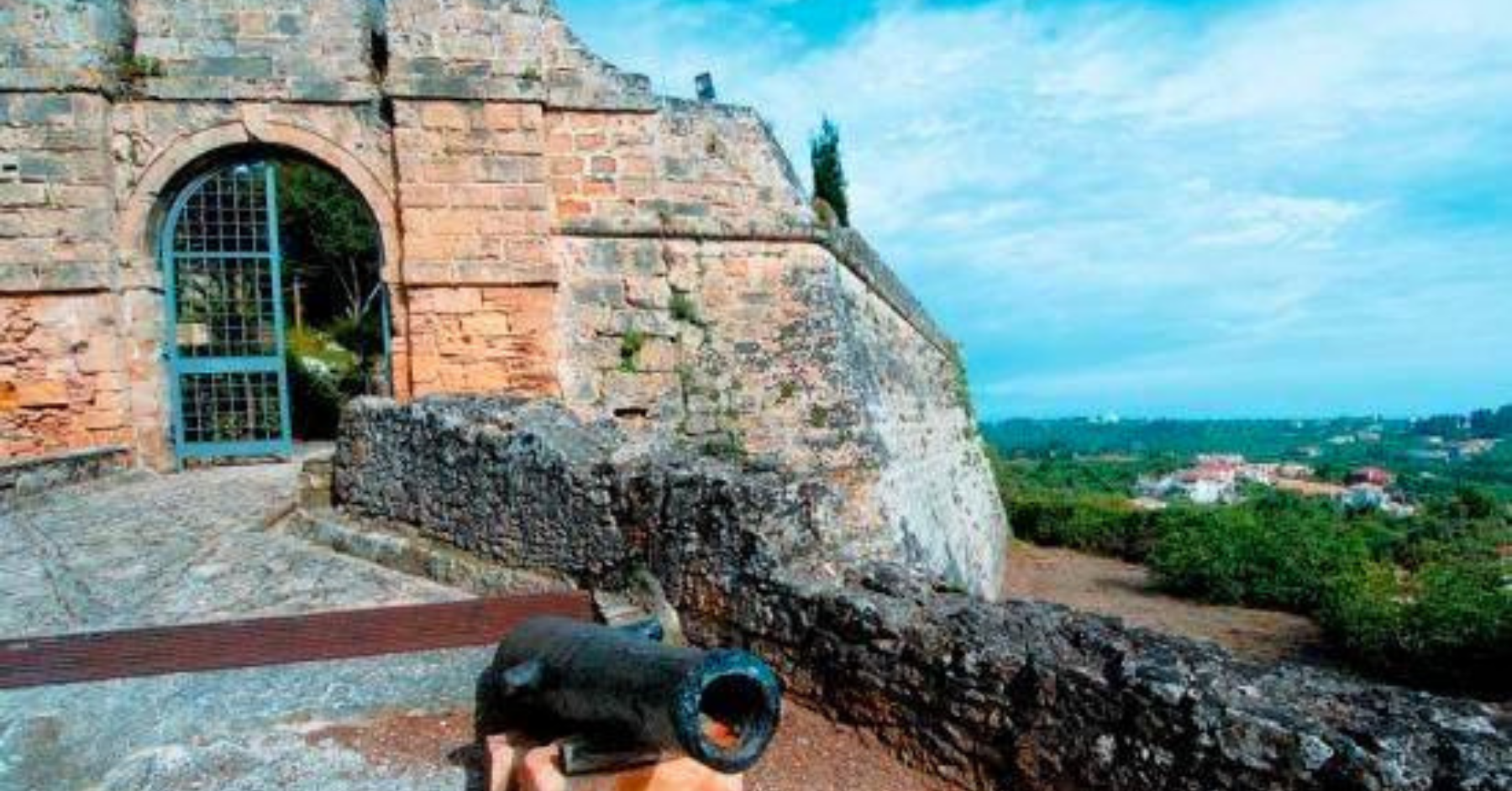
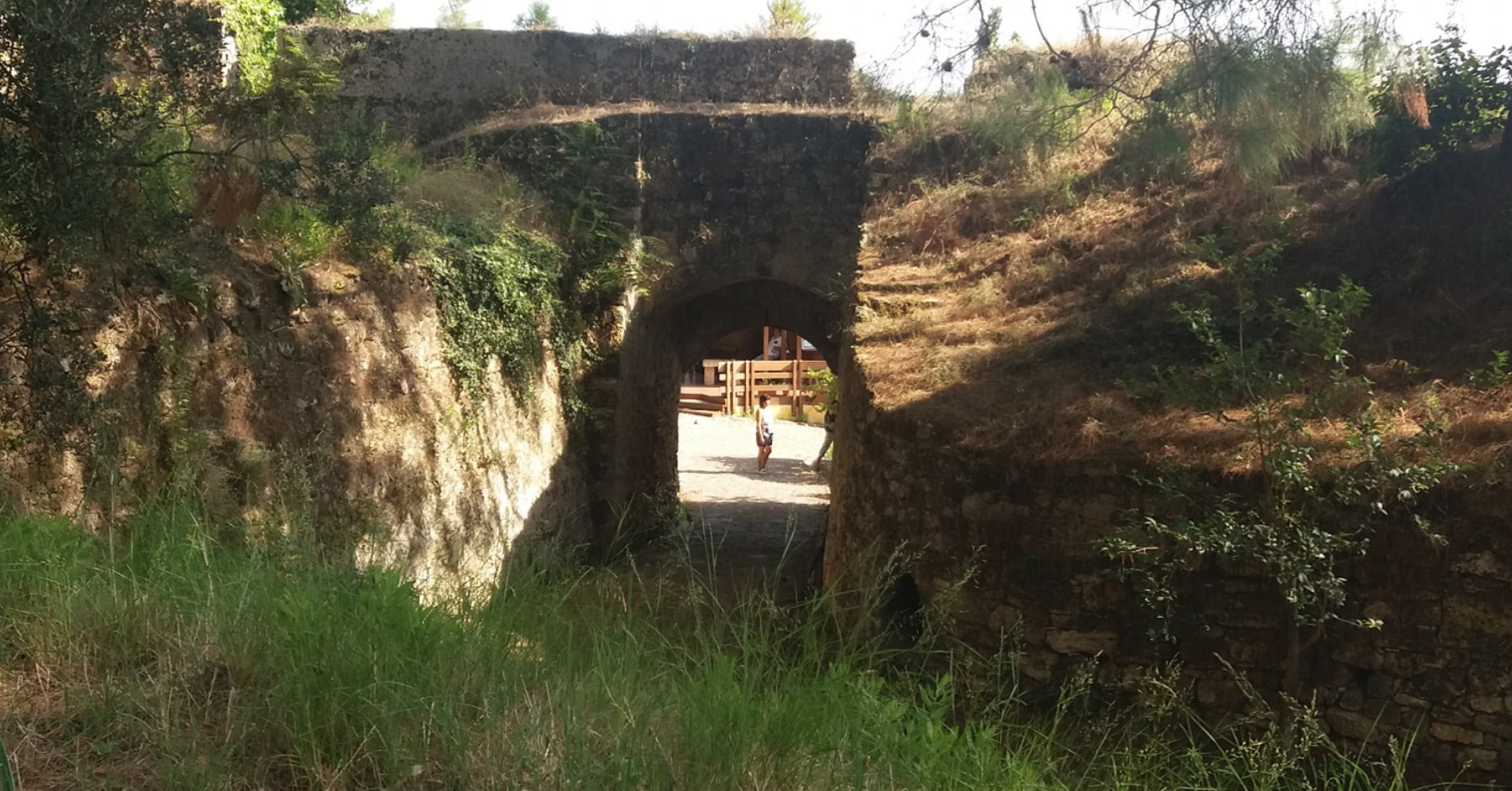
Over time the island of Zakynthos was invaded by many nations including the French, Russians, and Ottomans to name a few, but it was during the Venetian rule that a full stone-walled defensive castle was built on the acropolis. No one is quite sure of the exact date of the building, but 1480 is thought to be the closest date to its first construction. The Venetian castle stood proudly over the town, a centrepiece of Venetian life and authority, but it was destroyed by invading Turks not long after its construction, forcing the Venetians to rebuild. The castle was an extremely important site for the Venetians, but they were constantly having to make repairs due to attack or earthquake damage with reconstruction work taking place in 1514, with further work in 1646. As well as destruction and damage during invasions, the site continued to suffer damage during numerous earthquakes, some of which were both structural and landslip damage.
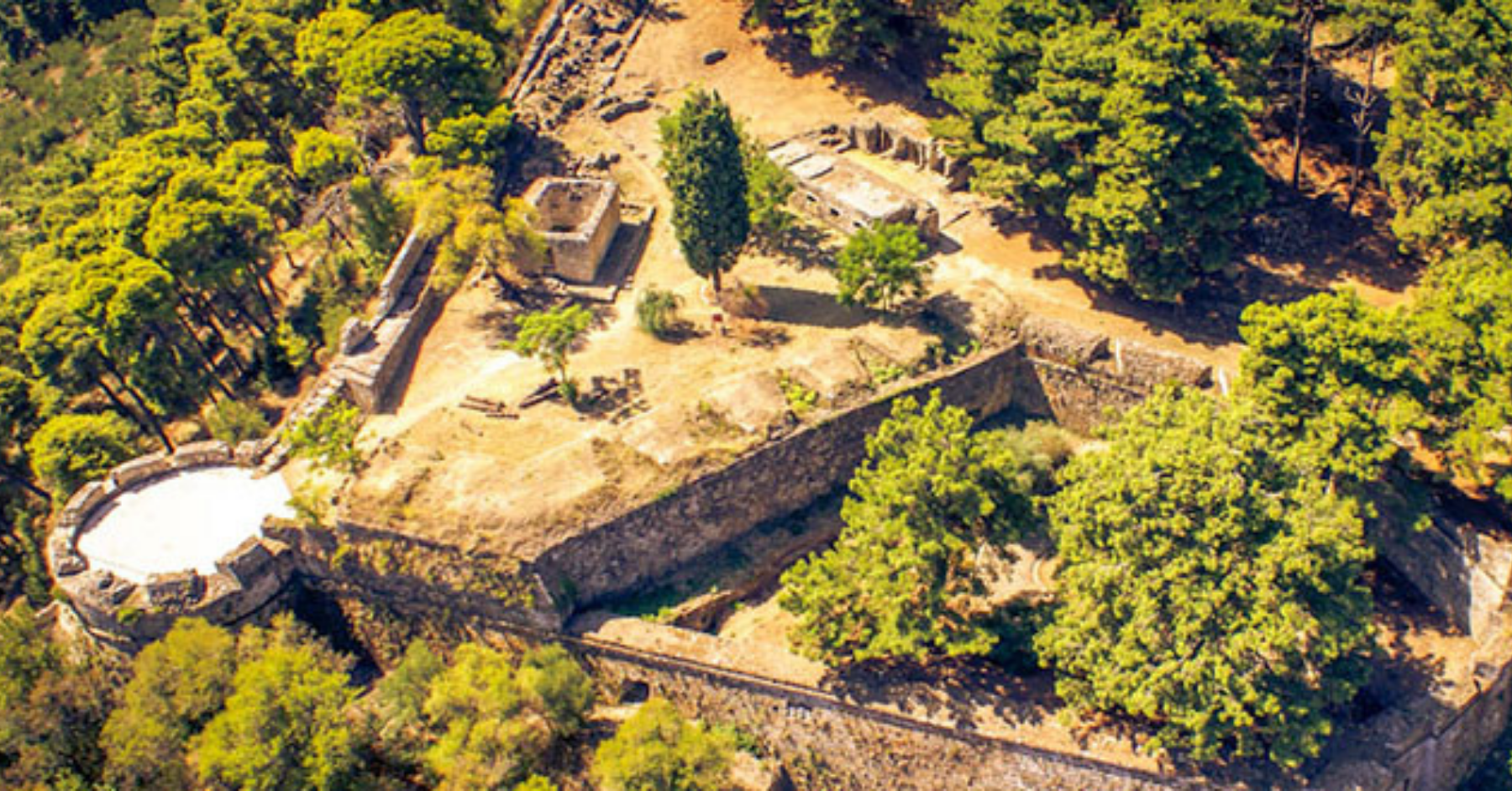
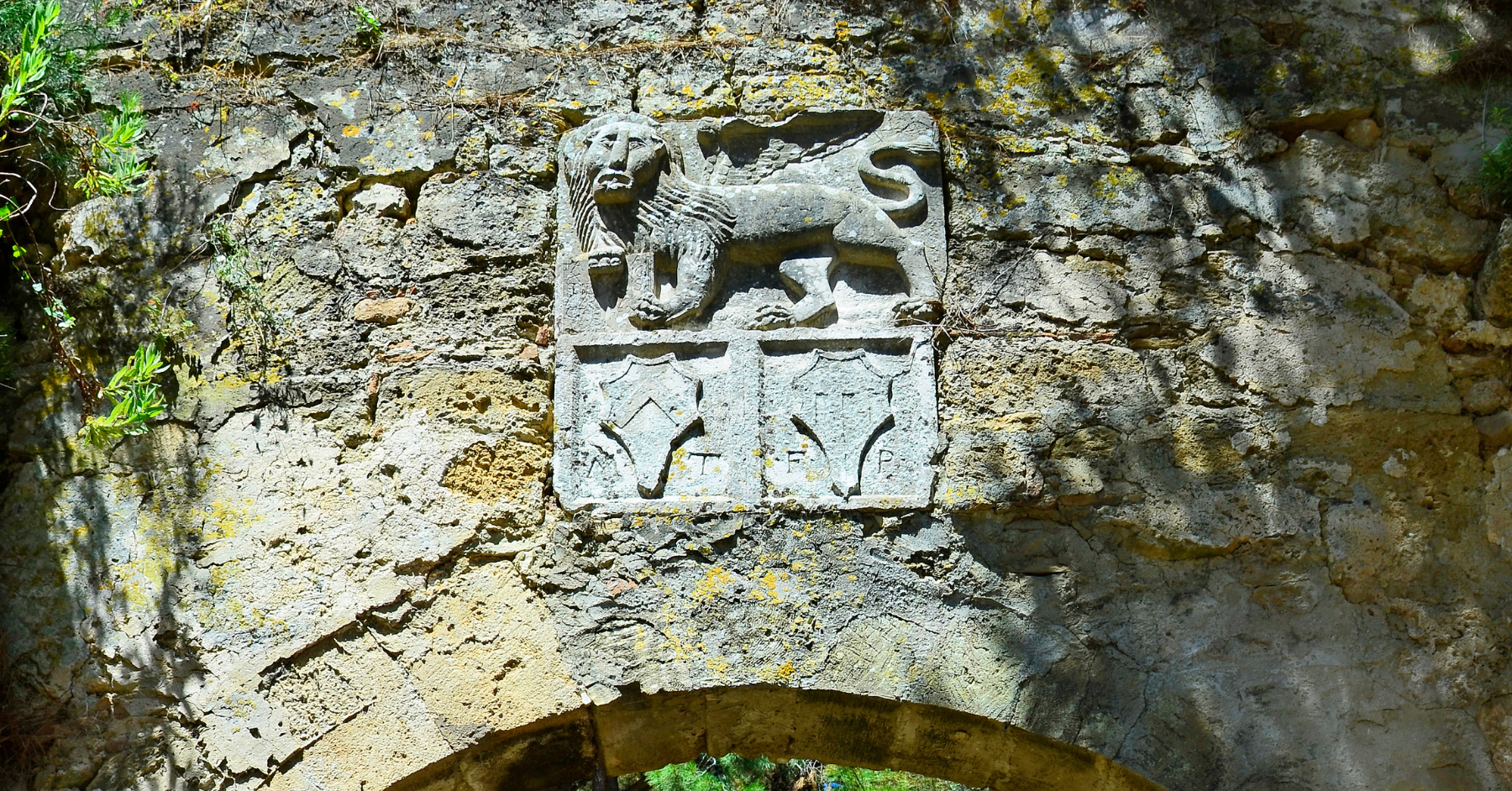
During the English Occupation, the castle was an important site for the ruling English. It became the administrative centre for the English occupiers and there are accounts of English nobles and other island residents fleeing to the castle during this uncertain period, to seek protection from pirate invasion, which at the time was quite common. When the English Occupation of the island came to an end the castle slowly fell into disrepair. It was still used as a defensive point when requited including during the second world war, as it had a good high vantage point to watch out for potential enemy invasion but its time of being a central administration and defensive castle had subsided.
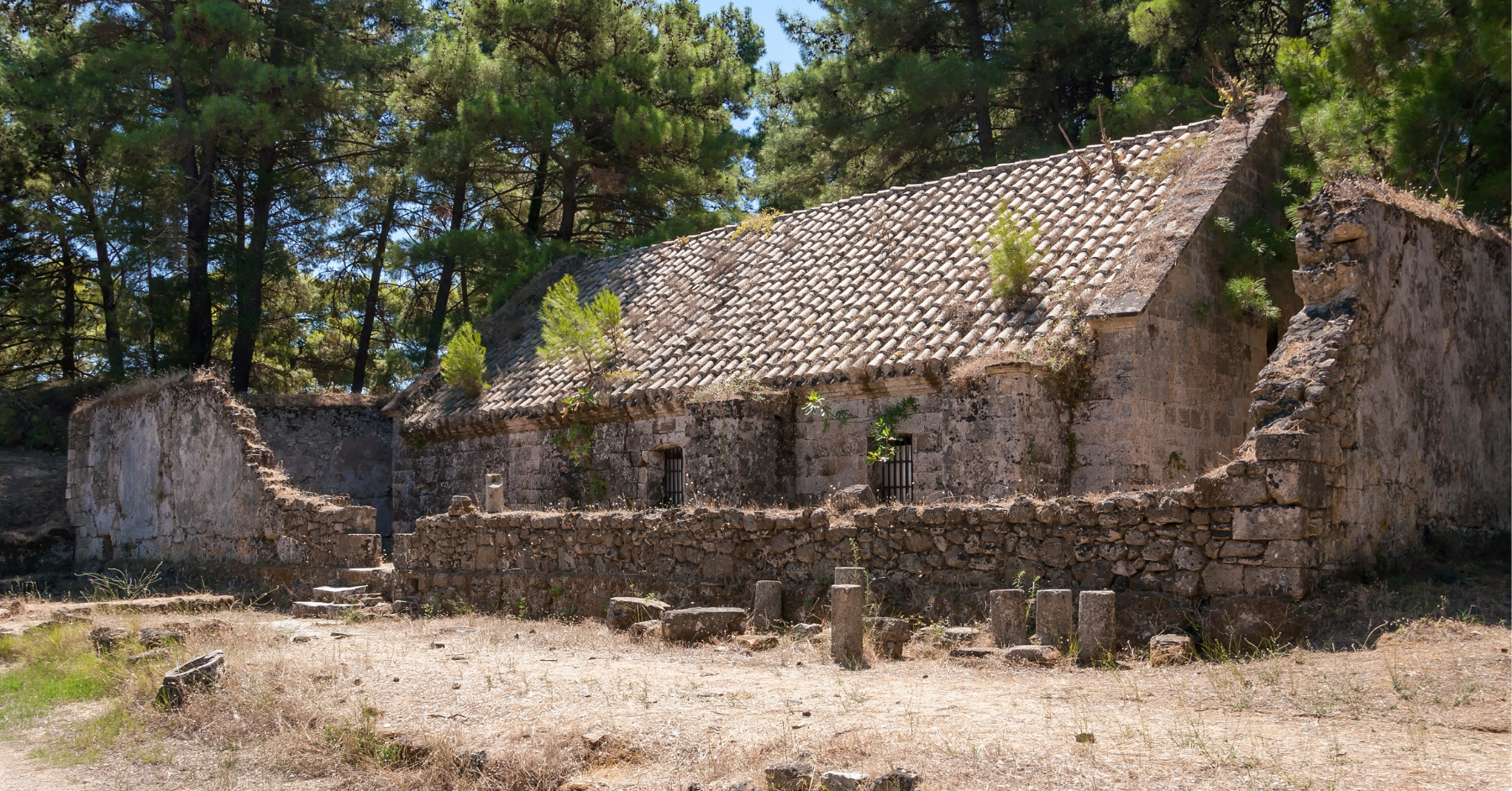
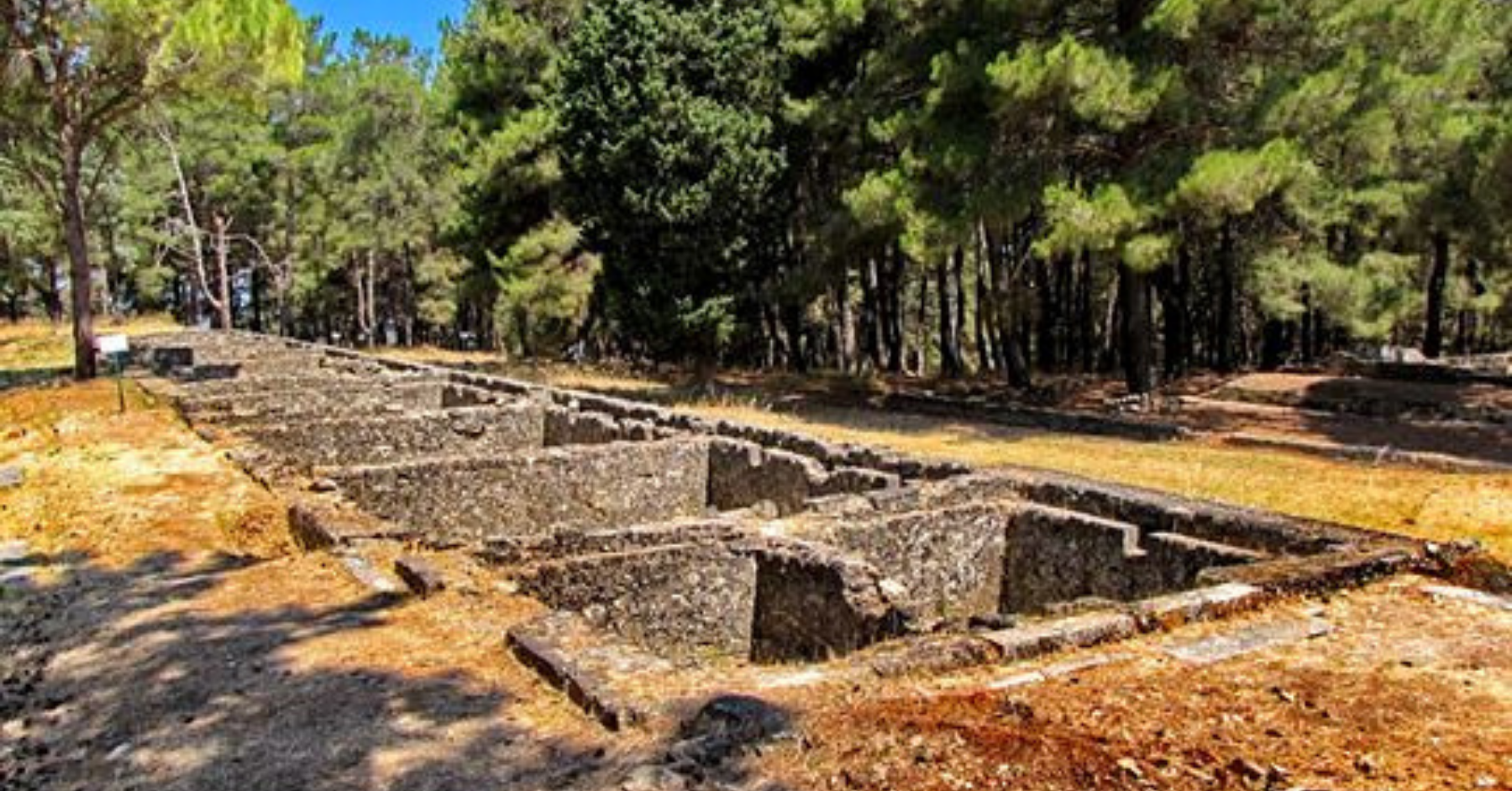
About the Castle
The impressive walls of the castle are very thick, built of stone, and are thought to be of Cretan design. It shows how important the castle was to the island as a central point of administration as well as protection from potential invaders. The castle has some interesting features, in the past, it was described as having to be reached by a long narrow path via drawbridges, an important part of any defensive structure. Sadly, these drawbridges no longer exist, destroyed over time by attacks and earthquakes. The impressive main entrance gate is flanked by old canons, it has a defensive parapet with defensive slots that would have been used for launching weapons at attackers. There are paved paths inside the castle grounds and one walled archway has a large crest in the stonework that depicts a St. Marcos Lion: the crest of Venice. There is also a large round tower at one corner with a promontory top, that gives visitors an incredible view out across Zakynthos Town, the harbour and Mt. Skopos in the distance.
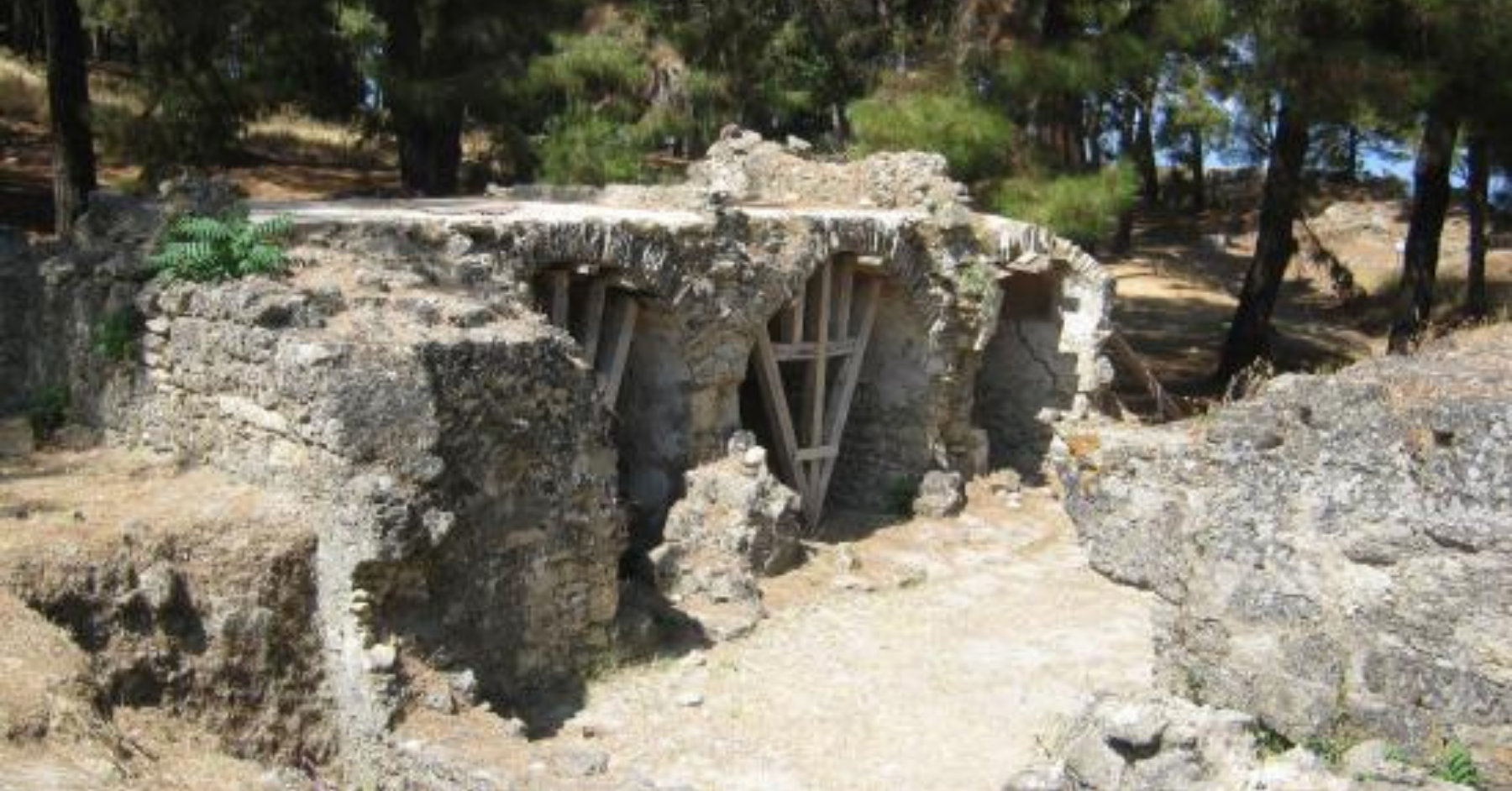
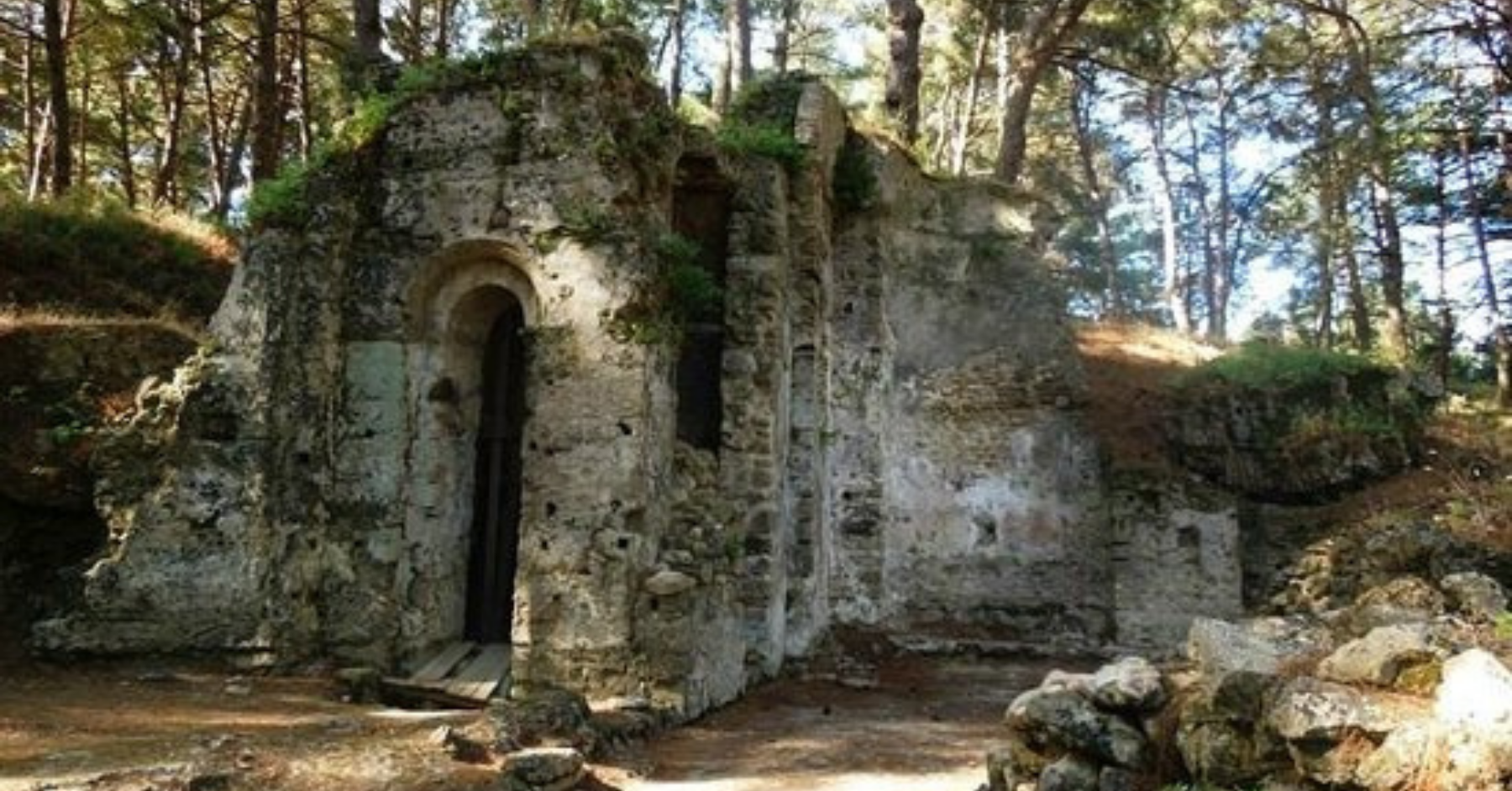
Further inside the castle, there are remains of ancient stone prisons, gunpowder rooms and a few ruinous churches dating from the 15th and 17th centuries. Other ruinous structures include the barracks and administration centre from the English occupation. There are more old cannons scattered about, as well as the remains of a water/drainage system that the Venetians invented whilst living there. Parts of the site are still a bit overgrown and full of pine trees, but in recent years recent forestry works have helped to clear an area that will help open more of the site to visitors.
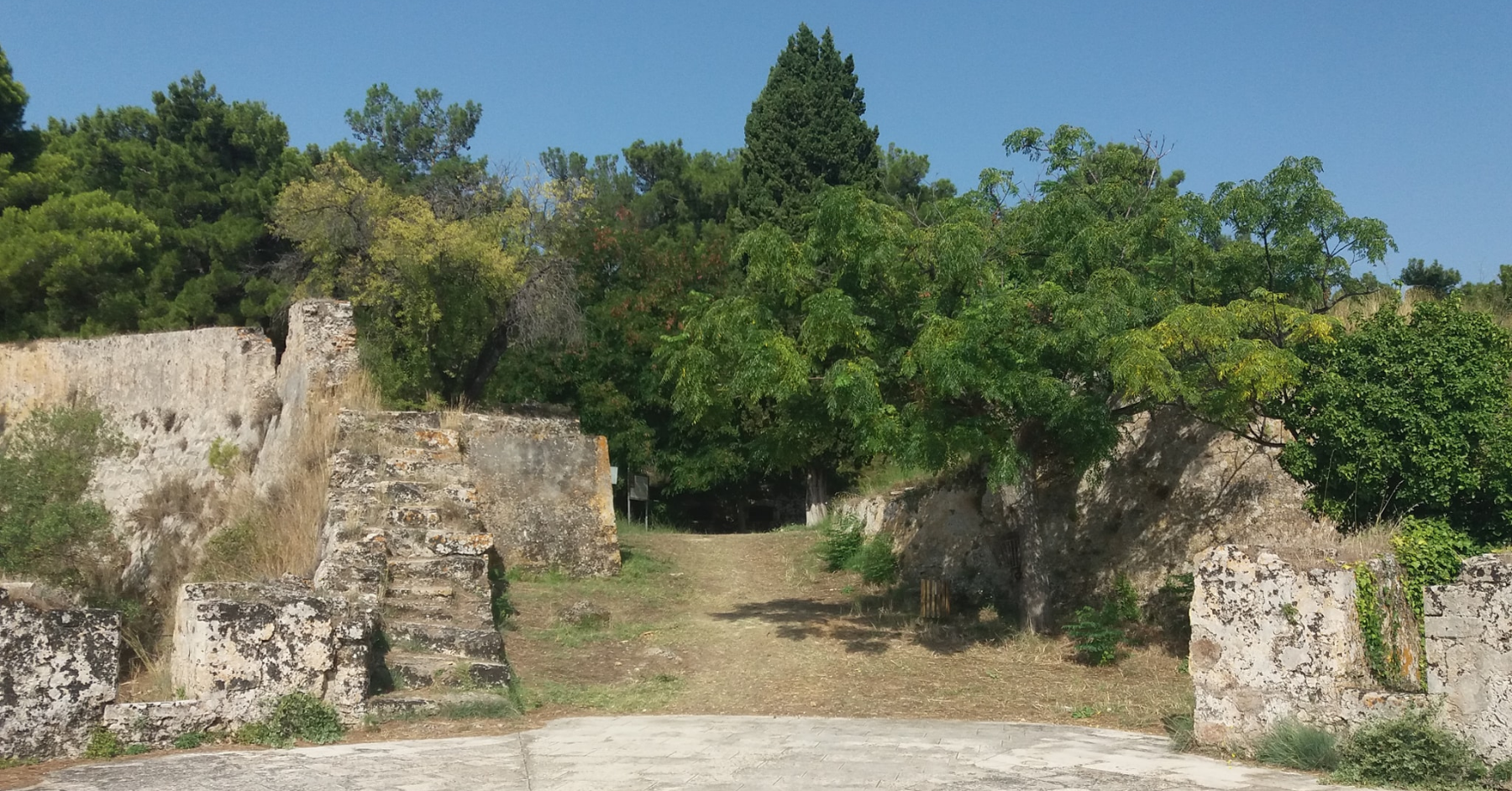
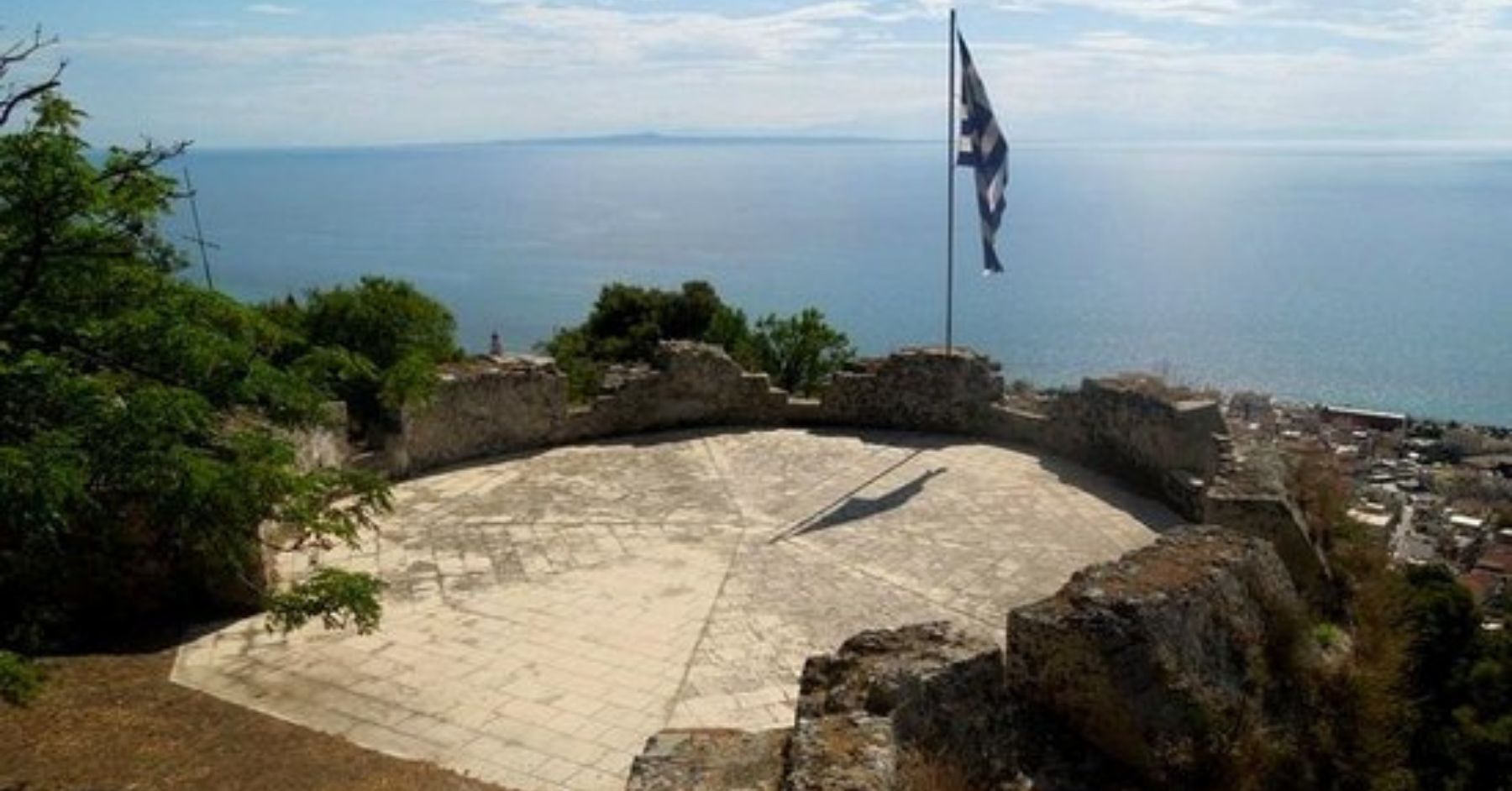
Bochali Castle is generally open in the summer months, and the lovely Bochali village is also worth a visit; the town clock bell was once the castle bell and the local Bochali chapel was reputed to be the meeting place for a secret society! If that doesn’t interest, you then the view of Zakynthos Town and its harbour is truly stunning from this ancient vantage point, and it certainly gives visitors an idea of what ancient life was like in Zakynthos.
Author note: If you are planning a visit and want to know more the phone number is 26950 48099.
To get up to date news or more information about Zakynthos, join our Facebook group or follow our Twitterfeed.
All articles on this blog are the property of the authors and The Zakynthos Informer. No articles are to be reproduced, copied or screenshot without the permission of the author.
Source: Admin
 Zakynthos Informer Zakynthos Informer
Zakynthos Informer Zakynthos Informer

